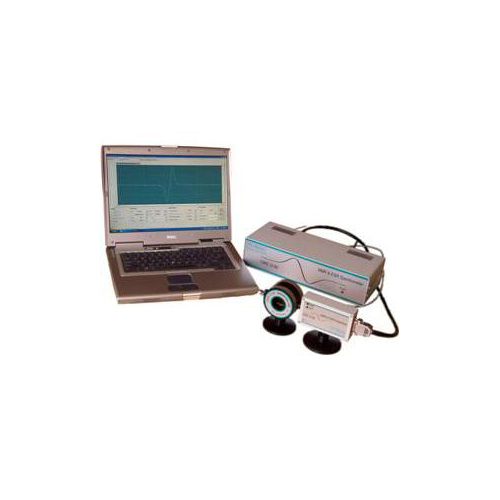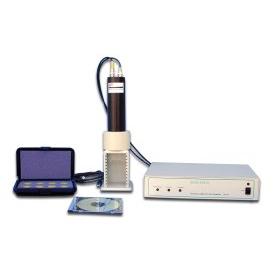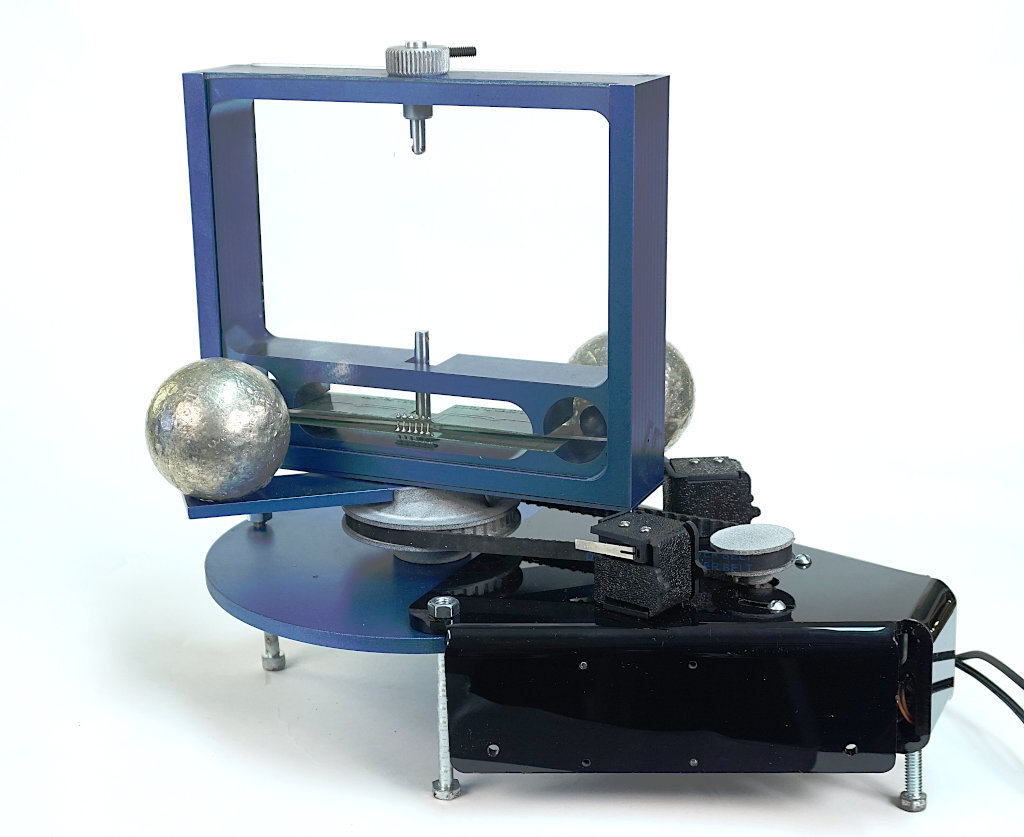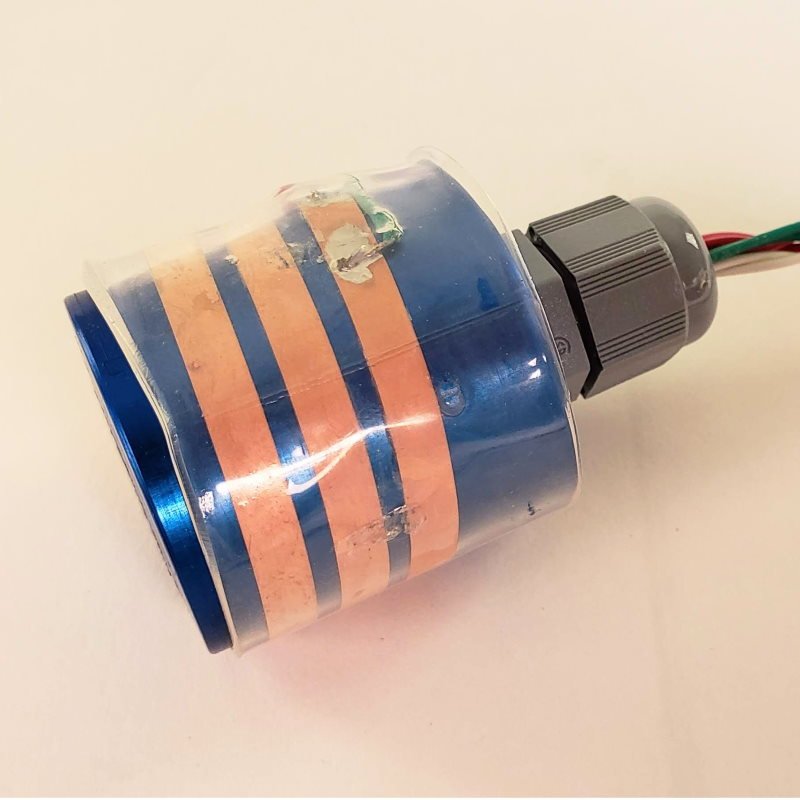Featured Products
TEL-PS-15
Introduce your students to nuclear magnetic resonance spectroscopy and relaxometry. The detailed manual will allow anyone to measure T1 and T2 values for a variety of solids and liquids. Works with both 1H and 19F.
TEL-CWS12-50
Spin is a basic property of nuclei and electrons. Although spin cannot be measured directly, the magnetic dipole moment is closely related and can be observed. This experiment uses the basic setup developed by Felix Bloch, for which he won the 1952 Nobel prize.
Measure NMR/ESR line width
Determine g factor
Study line shape
TEL-UCS30 Systems
The Advanced Spectroscopy System for USB includes the Universal Computer Spectrometer with software in a 1K, 2K or 4K version, TEL-SP38 complete scintillation probe with stand, base and cable, TEL-RSS8 set of 8 radioactive sources including an "unknown", and the "Experiments in Gamma Spectroscopy" manual (on CD).
The Basic x-ray system is perfect for the advanced physics lab class. Students can perform over 10 x-ray detection experiments using photographic techniques and the Geiger-Muller tube. Students can investigate Laue x-ray diffraction, Bragg diffraction on single crystals, and x-ray emission. Properties of x-ray, such as rectilinear propagation, inverse square relationship, and penetration and absorption can also be shown.
TEL-RP2111RHC
This add on to the Cavendish Balance can be used to offer students the opportunity to perform the experiment from their dorm room. Or, it can be used from the same room as the Cavendish Balance to improve isolation and repeatability of the experiment. The remote control simply rotates the exterior masses of the Cavendish Balance via a small stepper motor. The motion is quick and repeatable, but does not vibrate the test masses.
Software is included and is easy to set up. The Cavendish Balance Remote control is attached via the already existing screws on the Cavendish balance, and setup only takes a few minutes.
Best of all, the data is exceptional. Ask for a demonstration today!
TEL-390 — $350
The YBCO 4-Point Probe from TEL-Atomic makes it easy to measure the resistivity of a sample of superconducting tape. YBCO (Yttrium Barium Copper Oxide) was the first superconductor discovered with a critical temperature over 77K (the temperature of liquid nitrogen). The resistivity drops abruptly to 0 at about 93K. YBCO is a rigid ceramic and is not generally useful for practical applications due to its brittle nature. Superconducting tape consists of layers of copper and superconductor that creates a flexible and useful superconducting wire.
The package contains approximately 200mm of YBCO superconducting tape wrapped around an aluminum core. A PT-1000 temperature sensor is also included. This allows a precise measurement of the superconductors critical temperature.







TEL-2555SYS3
With the Electron Diffraction Tube one can verify the de Broglie hypothesis and establish the dual nature of the electron. In addition, one can calculate the interatomic spacings of carbon, (the diffracting material in the tube). (Cables are not included in the system.)
Also available is the same system but with the MCP power supply.